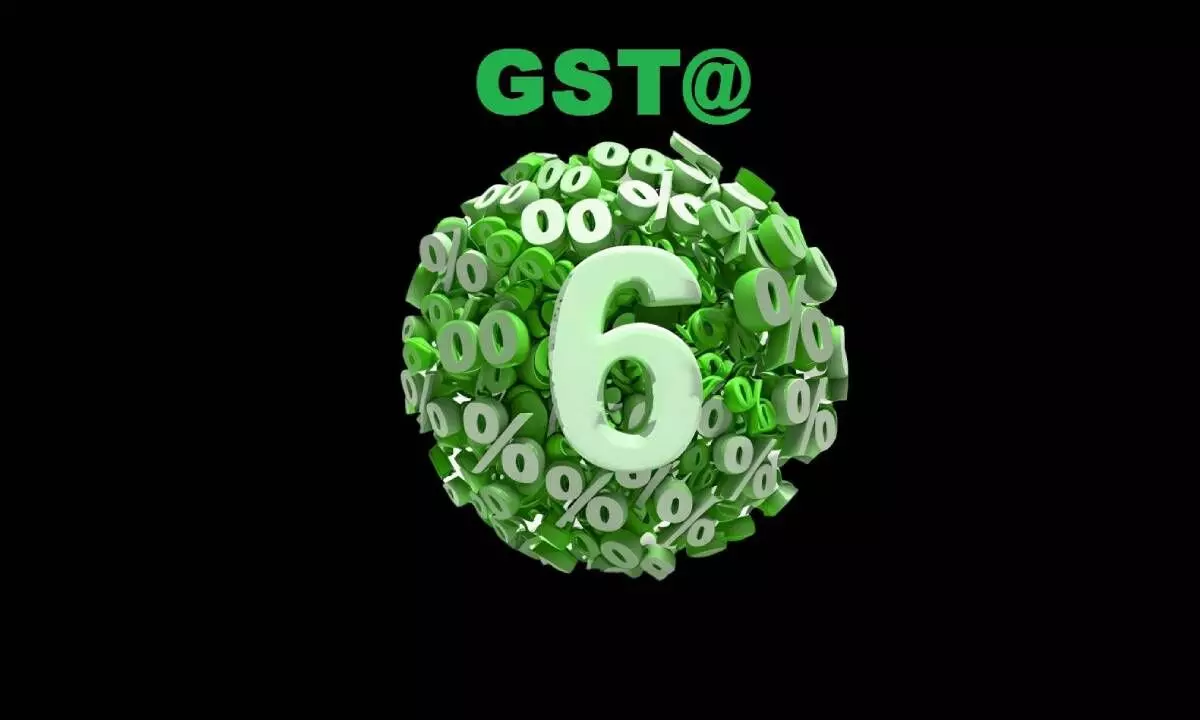6 yrs of GST: Fake invoices, tax evasions still a big menace
Rs1.5 lakh cr monthly tax revenue becomes new normal; Issues like rationalisation of tax rates and slabs, levying GST on petrol, diesel and ATF, are still hanging fire
image for illustrative purpose

New Delhi Six years after the rollout of the biggest indirect tax reform in India, Goods and Services Tax (GST) revenue of Rs1.5 lakh crore every month has become a new normal and tax officers are focusing on dealing with fraudsters who are adopting newer modus operandi to game the system, causing loss to the exchequer.
To apprehend black sheep, who operate as syndicates and create fake entities on the basis of forged documents to claim input tax credit (ITC), tax officers have started using data analytics, artificial intelligence (AI) and machine learning (ML) aiming to curb evasion, which was over Rs3 lakh crore since inception of GST. It was over Rs1 lakh crore in 2022-23.
Thinktank Global Trade Research Initiative (GTRI) said the most critical pending GST reform is upgradation of GST Network to prevent fake supplies and fraudulent claims of Input Tax Credit (ITC).
“Data analysis and physical checks alone can’t completely solve the problem. The GSTN should enable linking of invoice level information filed for claiming ITC by buyer (from GSTR 3B) with the information provided by input suppliers (GSTR 2A and GSTR 2B),” Srivastava said. Even after six years, the GSTN is unable to connect the supplies in a value chain, resulting in significant revenue loss to the government and causing problems for honest businesses, Srivastava added. Issues like rationalisation of tax rates and slabs, levying GST on petrol, diesel and ATF, are still hanging fire. Tax experts are of the opinion that the GST Council must pursue these reforms to make GST more inclusive.
However, in an election year, it is unlikely that the Centre and states will go ahead with these reforms. Nangia Andersen India, Director - Indirect Tax, Tanushree Roy said simplification of the GST rate structure would provide a fillip across sectors, however with elections round the corner a wait-and-watch approach needs to be adopted to see if the Government at all decides to allude to this issue.
“Some of the areas on which industry expects more clarity from the GST Council and should be considered on priority pertain to levy/ applicability of GST on Winnings from online gaming; transactions involving cryptocurrency; EV charging infrastructure, and setting up of GST Appellate Tribunals,” Roy said.
The GST Council which is chaired by Union Finance Minister, has met 49 times since it was set up in September 2016. The members of the Council, the apex decision-making body with regard to policy making and GST rate decision, include finance ministers from all states and UTs, besides the Minister of State in the Union Finance Ministry.
A nationwide GST, which subsumed 17 local levies like excise duty, service tax and VAT and 13 cesses, was rolled out at the stroke of midnight on July 1, 2017. Under GST, a four-rate structure that exempts or imposes a low rate of 5 per cent tax on essential items and a top rate of 28 per cent on luxury and demerit goods is levied. The other slabs of tax are 12 per cent and 18 per cent. Besides, there is a special 3 per cent rate for gold, jewellery and precious stones and 1.5 per cent on cut and polished diamonds. Besides, a cess is levied on the highest tax slab of 28 per cent on luxury, sin and demerit goods.

